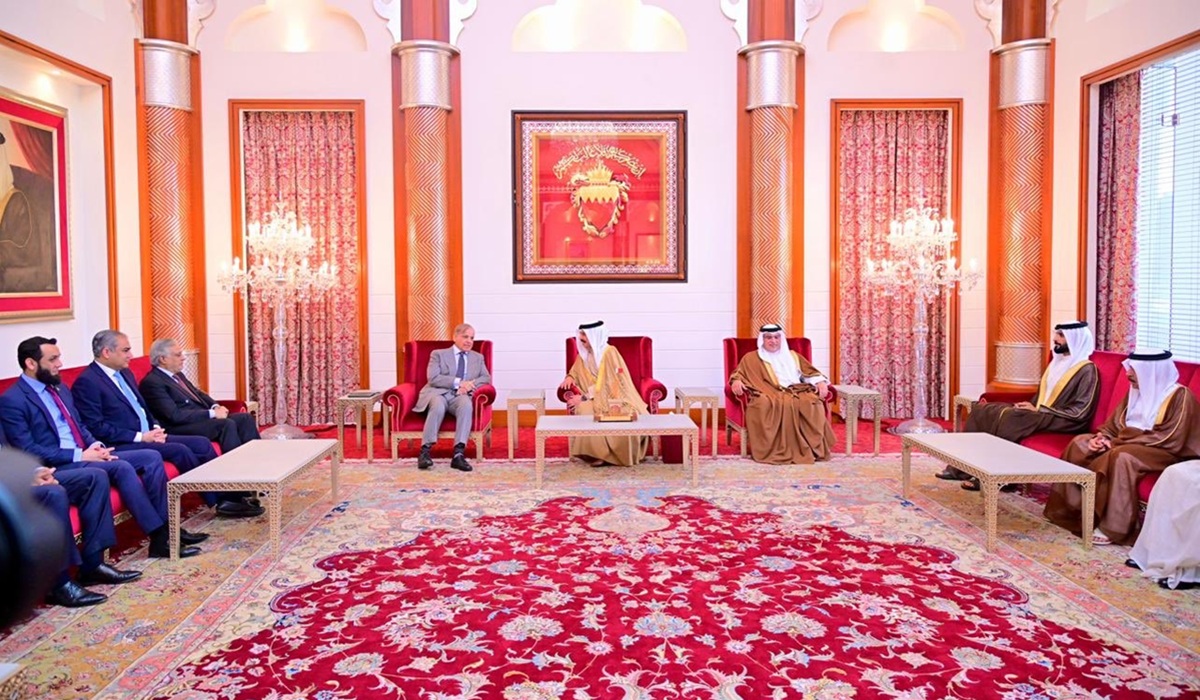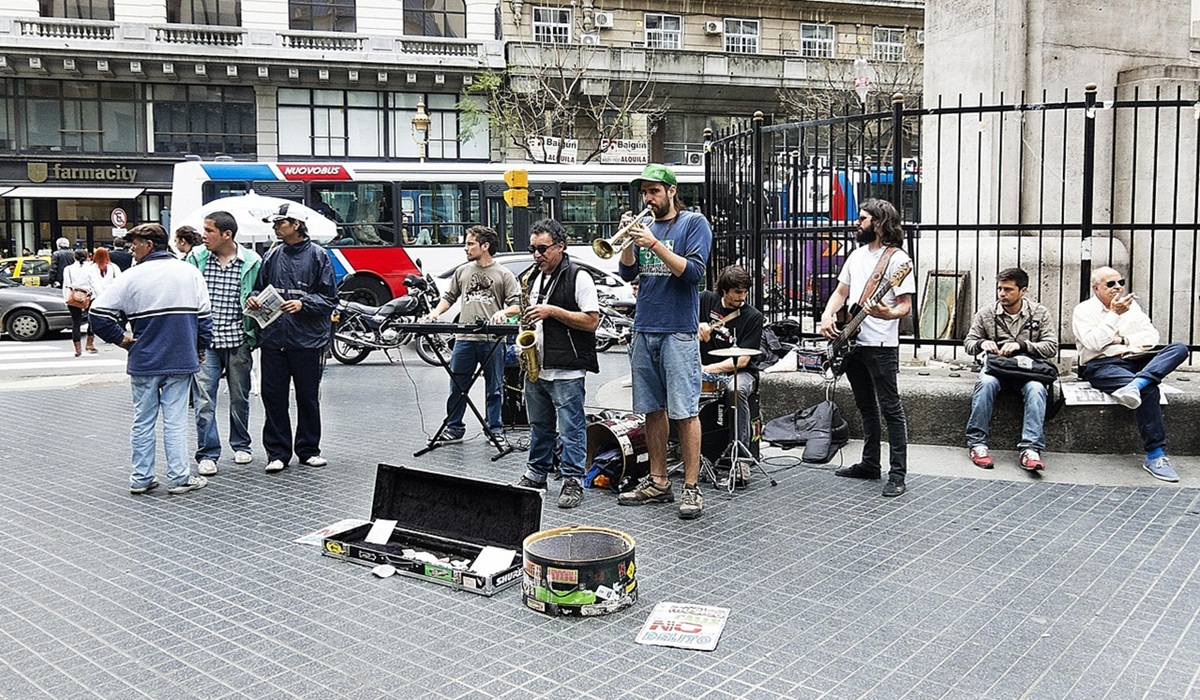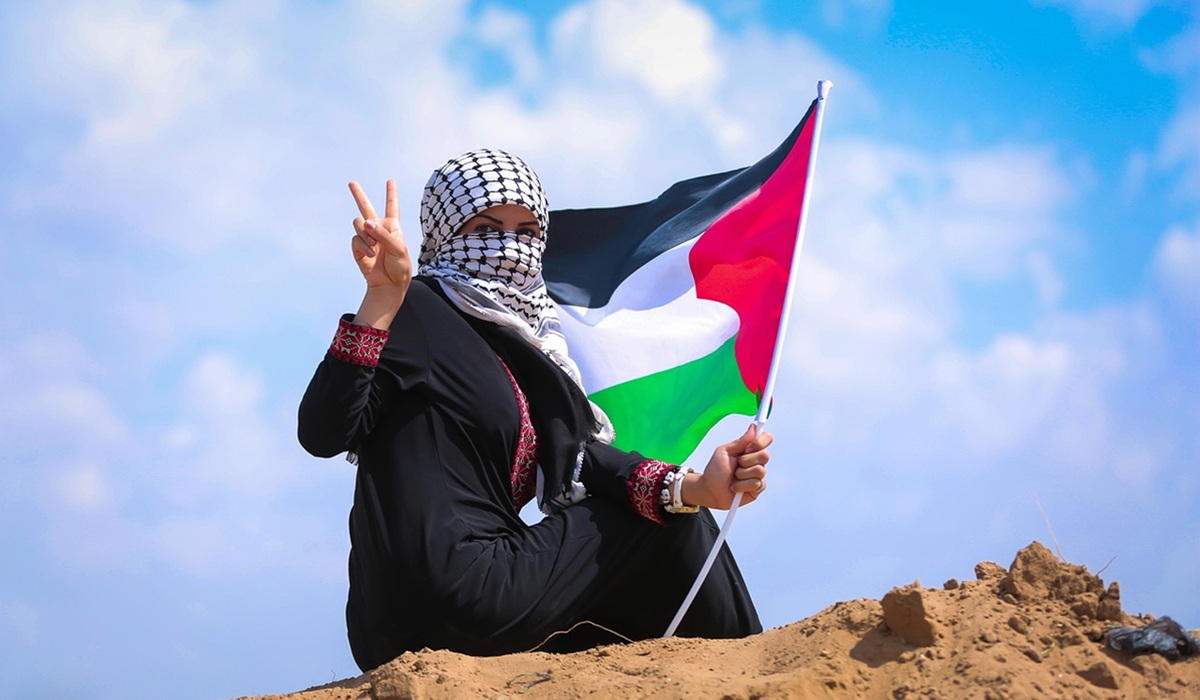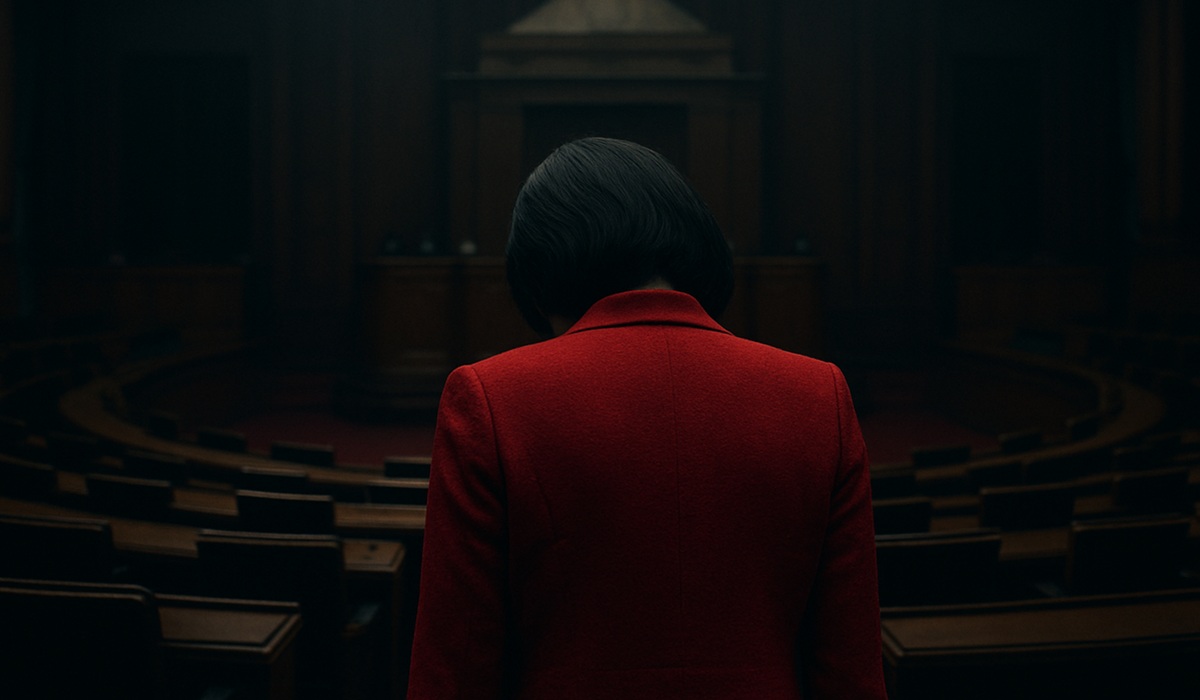Lebanon One Year After the Ceasefire: Life Under the Shadow of Ongoing Strikes
- Naomi Dela Cruz
- Middle East
- Trending News
- November 27, 2025
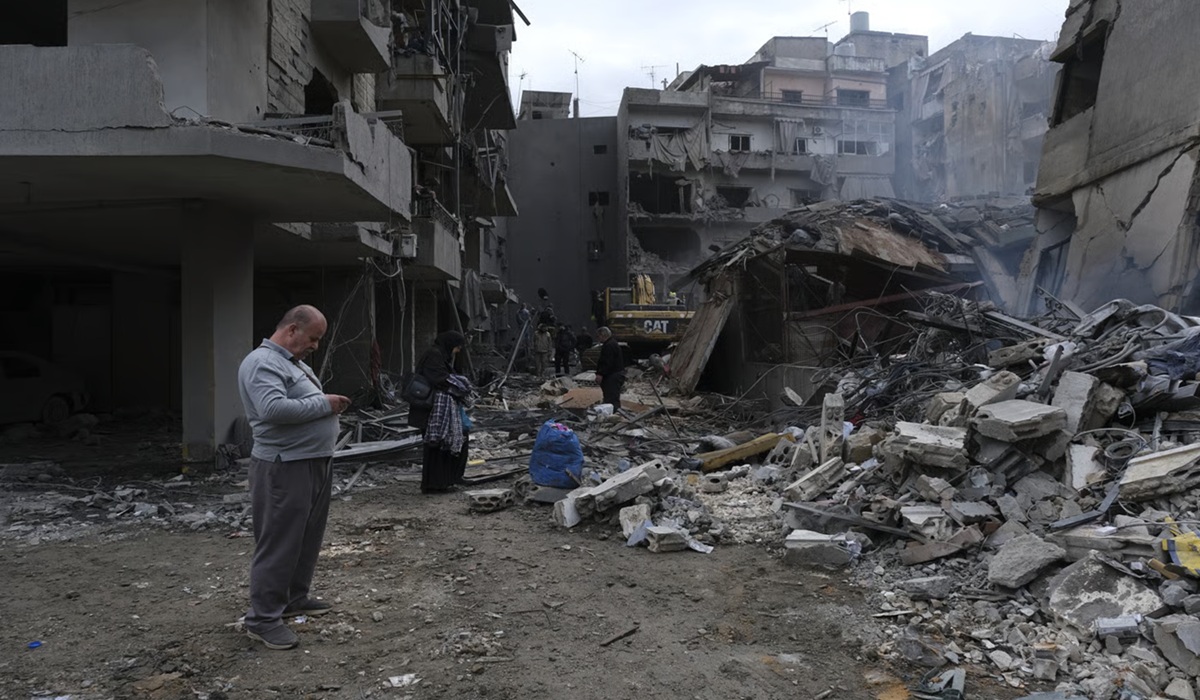
One year has passed since a ceasefire was announced between Israel and Hezbollah, a moment that was supposed to mark the beginning of stability for a country already worn down by years of economic collapse, political paralysis, and regional conflict. Instead of quiet recovery, large parts of Lebanon continue to live beneath the unpredictable echo of war. For families across the country, the word “ceasefire” has come to feel hollow, an idea printed on paper rather than a reality reflected in everyday life.
In towns and villages along the southern border and even in the outskirts of the capital, the rhythm of life remains shaped by fear. The distant sound of aircraft overhead, the sudden rumble of explosions, and the anxiety that follows each unexplained boom have settled into daily routine. Parents hesitate before sending children to school. Farmers scan the skies while tending their fields. Shopkeepers keep one eye on their customers and the other on the horizon. The expectation of peace has been replaced by a constant sense of anticipation, not for rebuilding, but for the next strike.
The pattern over the last twelve months has been unsettlingly consistent. Airspace incursions have occurred with such frequency that people have largely stopped counting. The drones and fighter jets that cut across the Lebanese sky have become permanent fixtures, reminders that the border is not a line of peace but an active fault line. In the border regions, ground violations and direct incursions have compounded the crisis, making entire areas effectively uninhabitable. Even places far from military positions have not been spared, reinforcing the feeling that nowhere is truly safe.
The impact on civilians has been severe and deeply personal. Beyond the mounting number of casualties, including children, there is the quieter, more long-lasting damage to mental health and community stability. Anxiety, trauma, and a deep sense of uncertainty now define daily life. Many of those who fled their homes during the initial escalations have not returned, either because their towns have been destroyed or because the risk of renewed violence is simply too great. Displacement has turned into a prolonged condition, not a temporary emergency.
In some border villages, the absence is visible in empty homes and abandoned streets. Schools that once echoed with the voices of hundreds of children now struggle to fill even a few classrooms. Principals, teachers, and volunteers have made valiant efforts to reopen and restore a sense of normalcy, but the numbers tell a painful story. Families are scattered, living with relatives in distant cities or surviving in overcrowded shelters, uncertain if they will ever return to the places they once called home.
Destruction has not been limited to residential neighborhoods. Infrastructure that is essential for any nation’s recovery has also been repeatedly targeted. Roads, power facilities, water systems, and public buildings lie in ruins, slowing any meaningful attempt to rebuild. Even reconstruction initiatives have not been safe. In some of the most disheartening incidents, heavy machinery brought in to clear rubble and begin repairs has been destroyed in fresh attacks. Each strike against reconstruction efforts sends a clear and brutal message: not only has the war not truly ended, but even healing is under threat.
For Lebanon, a country already grappling with financial collapse and political instability, the continued violence has pushed hope even further out of reach. Recovery requires stability, investment, and the confidence that tomorrow will be safer than today. Instead, communities are trapped in a cycle of fear, poverty, and stagnation. The loss is not only measured in buildings and infrastructure, but in opportunities stolen from an entire generation growing up under the shadow of drones and debris.
International observers and humanitarian organizations have continued to monitor the situation closely. They describe an environment in which the fundamental principles of international humanitarian law appear repeatedly ignored. Civilian areas, schools, medical facilities, and essential services have all been affected. The concepts of necessity, proportionality, and the protection of non-combatants seem distant in the face of repeated violations. As a result, those who suffer most are the ordinary citizens who have no role in political or military decisions.
While there have been isolated incidents of projectiles fired from within Lebanon toward Israel, they have not resulted in casualties, and they stand in stark contrast to the scale and consistency of the strikes hitting Lebanese territory. Despite the official existence of a ceasefire, the imbalance in force and the frequency of violations have created an atmosphere where technical definitions mean little to those on the ground. For people living underneath this reality, it no longer matters what the agreement says. What matters is whether they will live through the night.
Displacement continues to haunt the nation. Tens of thousands remain unable to return home, either because their towns are reduced to rubble or because Israeli forces are still present in strategic points along the border. In some cases, even new physical barriers have been constructed, altering the landscape and cutting off access to land that families have farmed and lived on for generations. These changes do more than disrupt geography. They fracture identity, community ties, and a sense of belonging.
The human toll is echoed in quiet but devastating ways. Weddings postponed indefinitely. Businesses closed without reopening. Children who associate the sound of thunder with airstrikes. Elderly residents who refuse to leave ancestral homes, even as surrounding buildings collapse. These personal stories form the true cost of a conflict that the world often reduces to headlines and ceasefire statements.
A year after the agreement was signed, the people of Lebanon are left with a brutal question: if this is peace, what does war look like? For them, the difference is negligible. Both are defined by loss, uncertainty, and fear. And yet, even in the bleakest conditions, resilience persists. Communities still gather, still teach their children when possible, still rebuild with whatever materials they can find. The Lebanese spirit, shaped by decades of adversity, continues to endure.
But resilience alone is not enough. It cannot rebuild schools, restore homes, or offer children a future free from the sound of warplanes. That can only come through genuine adherence to peace, respect for life, and meaningful international action. A ceasefire that exists only in theory is a failure, not a solution. What Lebanon needs now is not another fragile promise, but a real, enforceable peace that allows ordinary people to live without fear.
One year on, the message from Lebanon is simple, clear, and painfully urgent: the people deserve more than survival. They deserve stability. They deserve safety. They deserve a chance to rebuild their lives, not tomorrow, not someday, but now.

